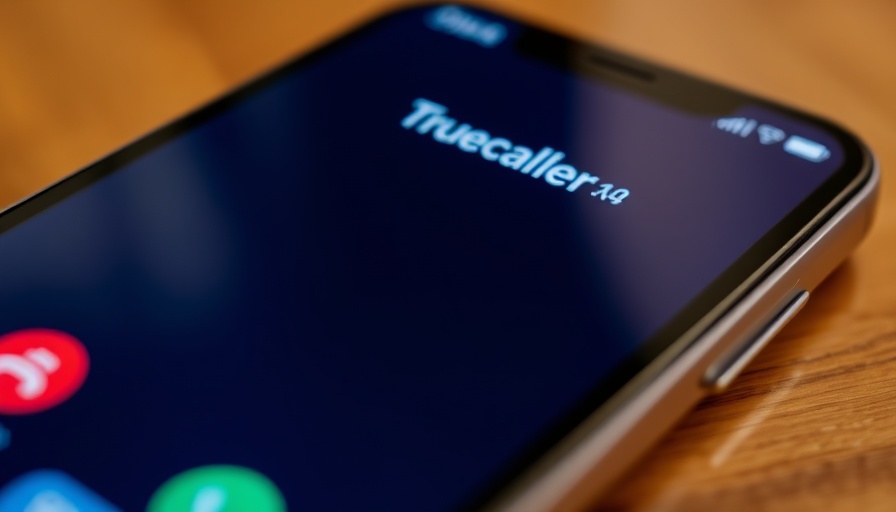
Nintendo's Price Hike: Understanding the 'Market Conditions'
Nintendo recently announced a price increase for its original Nintendo Switch game consoles, effective August 3. This news has stirred discussions among gamers and tech enthusiasts alike. The company attributes this decision to "market conditions", which many suspect refers to external economic pressures, including tariffs imposed during the Trump administration.
The original Switch, currently priced at $299.99, along with the Nintendo Switch Lite and the OLED Model, will see changes in their pricing structures. Also affected are select accessories and even some items related to the upcoming Nintendo Switch 2. Interestingly, while Nintendo has confirmed these price hikes for the original products, it remains ambiguous about any future changes to the recently launched Switch 2, which is currently priced at $450.
Impact of Tariffs on the Gaming Industry
The implications of these pricing changes can be traced back to economic policies that have shaken the tech industry over recent years. Specifically, Nintendo has been moving parts of its production from China to Vietnam as a strategy to mitigate tariff impacts. However, recent tariff changes by President Trump, which now extend to Vietnam, have caused further complexities.
This situation is not unique to Nintendo. Many tech companies have had to navigate a minefield of tariffs that affect their pricing strategy and production lines. For instance, Apple and Sony have also faced similar challenges, adjusting their pricing and production strategies in light of fluctuating regulations.
The Nintendo Switch's Sales Performance
In a recent earnings report, Nintendo revealed that the Switch 2 has sold an impressive 5.82 million units since its release on June 5, which suggests that consumer interest in the franchise remains vibrant despite the cost fluctuations. Implementing a price hike amidst substantial sales showcases Nintendo's confidence but also their need to adapt to shifting market dynamics.
Future Predictions: What Lies Ahead for Nintendo?
The price adjustments for the original Nintendo Switch raises questions about the future. As Nintendo continues to innovate, will these adjustments translate into more stable pricing, or could further increases be on the horizon? Experts predict that if economic uncertainties persist, companies like Nintendo might have to capitalize on limited edition models or exclusive games to maintain consumer engagement, rather than relying solely on hardware sales.
Viewer Perspectives: What Does This Mean for Gamers?
For consumers, the news may evoke mixed feelings. Established fans may heavily weigh the value of their investments against the backdrop of these price hikes, while new customers may think twice before purchasing a Switch console at a higher price point. As consumers navigate their purchasing decisions, this may ultimately drive the demand for discounts or bundle offers from retailers eager to maintain sales levels.
How Gamers Can Prepare for These Changes
As the gaming landscape changes, there are key strategies gamers can employ to make the most of their experience. Firstly, keeping an eye on seasonal sales, especially during major shopping periods like Black Friday or holiday sales, might yield better pricing. Additionally, gamers can explore refurbished consoles or bundle deals that might provide better overall value.
Final Thoughts on Gaming Pricing Trends
Nintendo’s upcoming price adjustments highlight an industry-wide trend wherein external economic conditions increasingly dictate product pricing. It serves as a reminder for consumers to remain informed and strategic about their purchasing decisions. As the tech landscape evolves, being educated can empower gamers to navigate these shifts effectively.
If you're keeping an eye on the latest developments concerning gaming technology, stay informed via reliable tech news sources. The evolving nature of product pricing and market conditions will undoubtedly influence your future gaming experiences!
 Add Row
Add Row  Add
Add 



Write A Comment